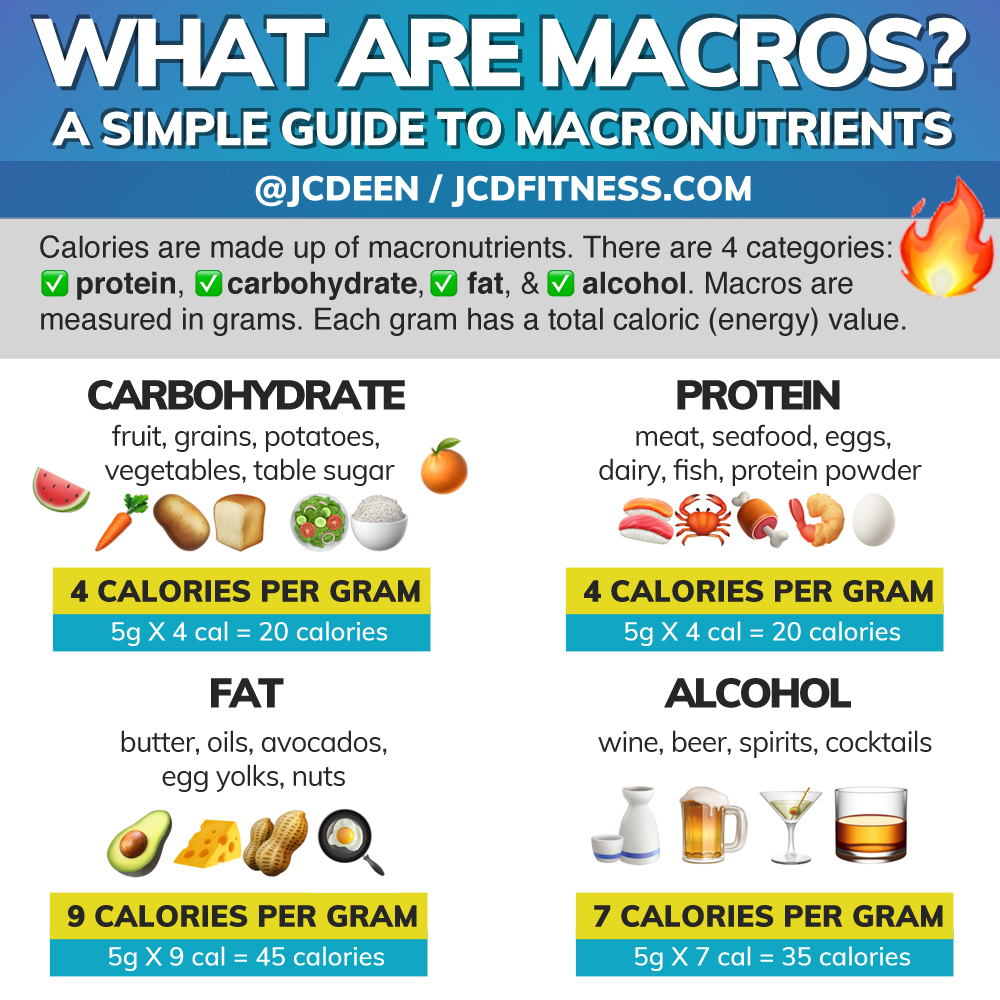
The term ‘how to lose belly fat’ is a hot topic and here’s why: we all store fat on our bellies and it sucks.
But it’s for a good reason. As humans, we evolved over a period of time where there were periods of feasting and periods of fasting. This meant that in order to survive, we had to be really good at storing energy, otherwise we’d die. Fat is stored on our bodies (and bellies) because of an intake that exceeds our output.
That simply means when we take in more energy through food than we are burning, it’s going to be stored for later. Basically, we store fat because it’s an evolutionary advantage for survival.
But how do we get rid of the excess belly fat, in general?
There are a ton of silly ideas with ‘tips’ and ‘tricks’ on how to burn more belly fat, but many of them are pretty counterintuitive when you actually understand how losing fat actually works.


